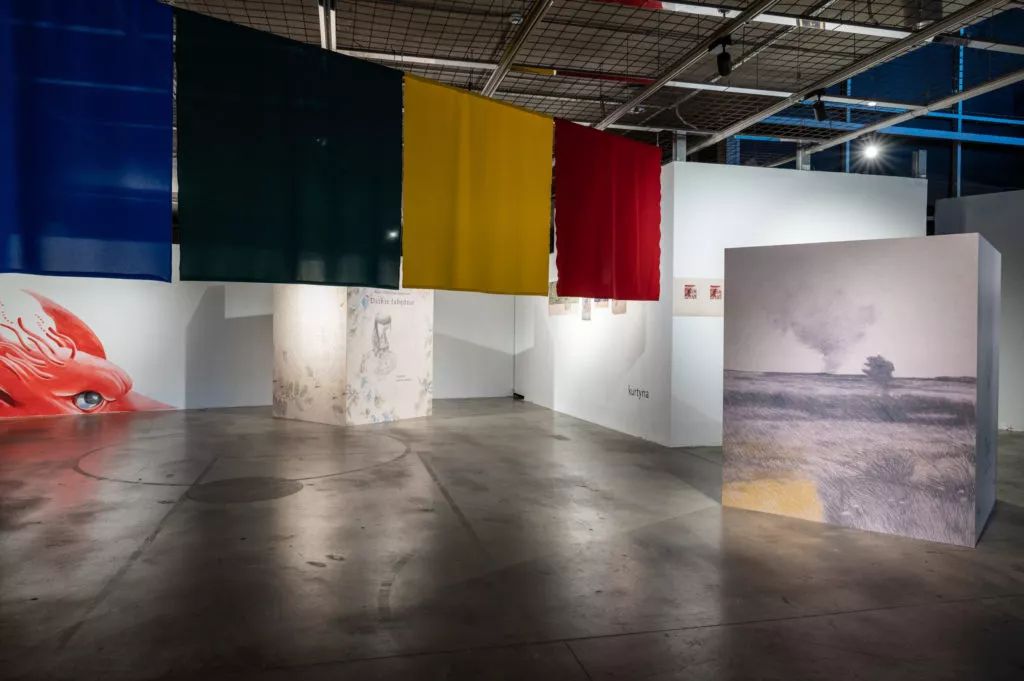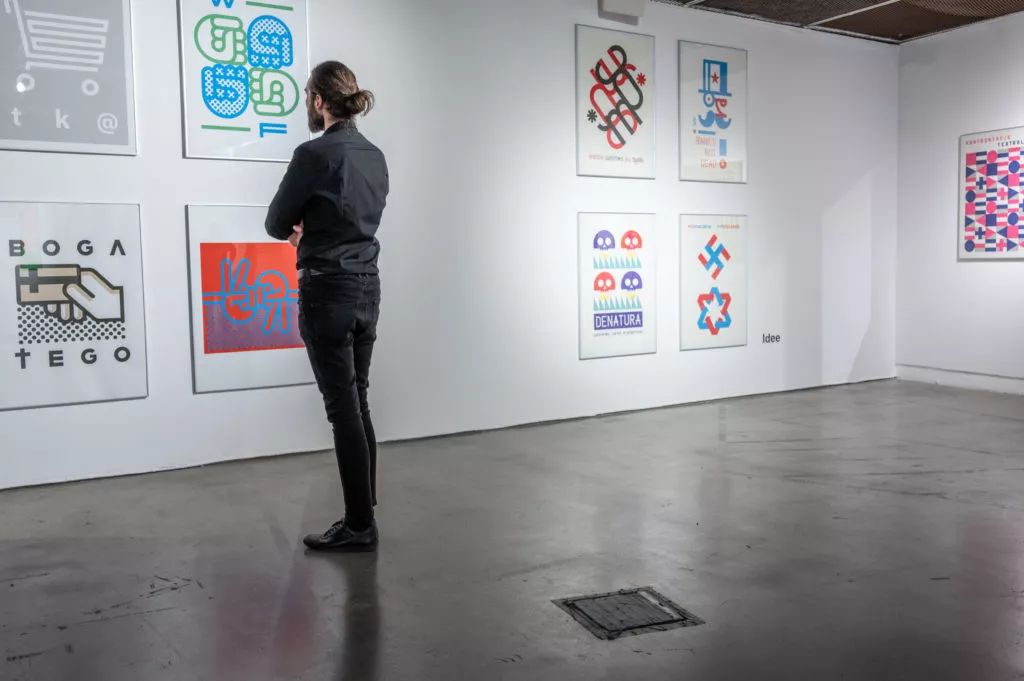The ARTeria Foundation is one of the partners of the VX Designers project, which aims to promote learning through the engaged creation of an exhibition. A guidebook on exhibitions at school is being developed as part of the project, it will be available soon on the project’s site: https://vxdesigners.eu.
Exhibitions as a learning tool
The role of exhibitions and museums in the learning process, engagement, and mass memory
During the last two decades, a significant development in the field of cultural education was made. Children and adults are encouraged to identify, discover and celebrate their heritage to combat social exclusion, promoting individual and common prosperity at museums, galleries, exhibitions, and many non-formal educational activities. Exhibitions and museums offer opportunities for critical engagement in important subjects, associated with history, memory, and identity.
When it comes to museums, one of the most important theories of learning, or at least one of the most often cited ones, referring to the learning process of families at museums, is the work of Vygotski (1978). According to his sociocultural theory, Vygotsky claimed that learning is an integration of personal and social factors, which makes it an experience of mutual exchange between the personal experience of an individual, and the social environment.
Engagement, inspiration, and active learning are the priorities for museums and galleries, which try to build relations between the visitors and their cultural heritage.
Such institutions function as an agent, a means of facilitating presentations, engagement in the past, and strengthening mass memory. Museums are institutions that store, forward, and examine mass memories and history. History provides access to the presented past, that is, its interpretation, which occurs through sharing mass memories (Wertsch, 2004). During times of uncertainty, this mass memory can support individuals by ascertaining their place in the world and connecting them with a familiar concept.
Museums and exhibitions organised at galleries and outside of them, give a platform to subjects and individuals (Wertsch, 1991). The audience discovers meanings, engages in art and history, and acts for their own education and personal development through interaction or the opportunity to connect theoretical knowledge to material objects and artifacts. People are fascinated by instruments and artifacts (McRainey & Russick, 2010; Russick, 2010). Similarly, when it comes to the majority of forms of learning, this experience also immensely influences the process of learning in all its contexts. Actual visualisation and interaction with an object or a situation, taking place in reference to the associated theoretical basis, increase understanding and generate interesting questions that may lead to broadening knowledge.
Even though school trips to museums or exhibitions are nothing new, these spaces are not suitable just for students but for anyone. No matter how varied the audience is, sightseeing and interaction with collections, no matter what type, increase the motivation to non-formal learning.
Benefits for the audience in formal contexts
Schools have a critical impact on developing knowledge and social interactions. It is an arena for shaping identities, characteristics, and personalities, and this process plays an extraordinarily important role in shaping society.
Teachers responsible for artistic and historical education can play a crucial role in the development and pursuing activities that introduce students to the actual contact with art and the way in which it is possible to use it in presenting the past, present and the future.
Of course, the task of connecting a school group with the outside world is not, and it should not be, an exclusive responsibility of arts and history teachers, no matter how obvious the choice would seem. Cultural education, including sightseeing and an active approach towards museums and exhibitions, can be useful when it comes to various fields. There is a clear connection between art and mathematics, geometry, biology, physics, geography, and, of course, all humanities. Is there any better way of understanding nature than visiting a museum of nature? Wouldn’t literature classes benefit from a trip to the museum, where a handwritten copy of a given work is placed? Geometry can become an art of analysing cubism or searching for an analogy between buildings, such as the Parthenon, famous for its architectonic solutions.

Teachers and creators of educational programmes should remember that not only is learning based on the verbal messages from the teacher, but on using cognitive elements of the students, their personal skills, problem solving and formulating hypotheses in the process supported and directed by the teacher, who becomes the manager, and not the central point of the learning process. Learning outside of the classroom becomes a virtue, which benefits the academic and personal development of a given person, and should be included in the educational programme at schools.
Benefits for the audience in non-formal contexts
Non-formal learning is certainly perceived as an important way of gaining knowledge and polishing skills in many fields. Formal educational paths can be limiting in many ways and not fulfilling the expectations and interests of each student, while non-formal learning can take place anywhere (even subconsciously), enriching the knowledge, perception, and understanding of many concepts.
The European Union has recognised the value of non-formal education as a method of promoting “building inclusive, innovative and reflective societies” for many years. The creation of European societies, which are able to critically examine “historical, cultural and normative roots of Europe”, inclined to promote effective forms of inclusion for their diverse citizens, whose creativity, resistance, and tolerance will create a Europe unified through its diversity (The European Commission, 2013) is a part of the EU’s educational programme.
The future of students is mainly shaped by forces outside of formal education (Lévesque, Létourneau, & Gani, 2013). Daily historical memories, which the students have kept in their heads, reflected and echoed in the broader culture. It is a valuable correction of routine claims, that young people of modern societies do not know and are not interested in history, the limitations of educational programmes of teaching history as a practical tool of shaping social identity is also pointed out. Interactions with museums and exhibitions are not just names and words, but actual objects. There is an immense difference in emotions associated with completing a test or preparing a written work and preparing an exposition, which, viewed by many people, can support the transmission of knowledge and understanding of the concept.
While planning pedagogical tasks in the context of formal and non-formal education, it is necessary to design diverse exercises. Activities that require group work of the students, instead of working on their own are the perfect solution. (Cesar, 2008, 2009, 2013a).
Research proves (Cesar, 2008) that the method allows the students of varying levels of competence to progress better, which means that social interactions and group work have a bigger potential. When it comes to the pedagogical point of view this aspect is crucial, especially when the tasks are designed based on social interactions between peers and their teamwork. Suggesting activities based on cooperation and interactions between families, friends, or peers in the context of non-formal education, for example at museums, is also a possible way of working.


